The Smyrna Agora was a central trading center in ancient times in Izmir. An agora was an open square used as the center of trade, politics, and social life in ancient Greece and Rome. The Smyrna Agora was established in the 4th century BC and underwent a major renovation in the 2nd century BC. In addition to trade, the agora also hosted theaters, temples, and other public buildings. The agora was one of the most important trading centers in ancient times and is an important part of Izmir's historical and cultural heritage. Today, the Smyrna Agora is a popular tourist destination and is being restored to preserve Izmir's historical texture.
Smyrna Agora: The Heart of Trade in Ancient Times
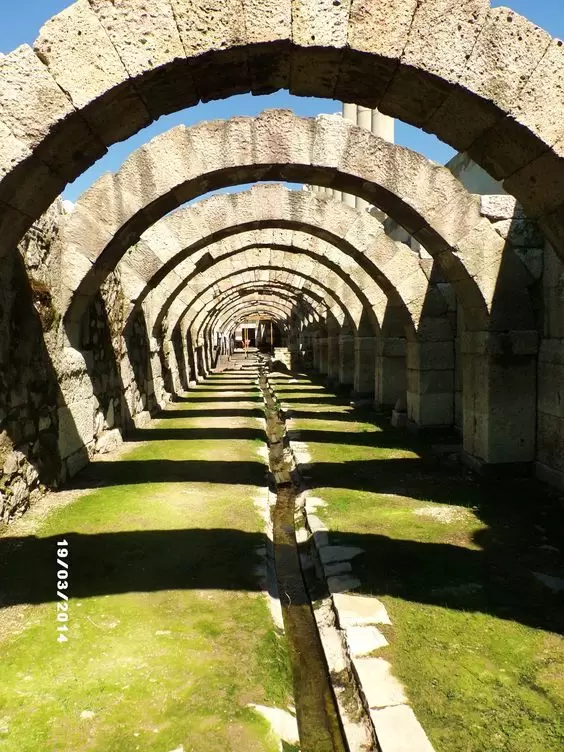
In ancient times, Smyrna Agora located in the center of Izmir was known as the heart of trade. Agora was the center of trade, politics, and social life in ancient Greek and Roman cities. Smyrna Agora had a significant place in this sense.
Smyrna Agora was established in the 4th century BC and was the largest open-air market in Izmir. Agora was a place where cultural and social events were held in addition to trade. Theater, sports competitions, and other events were organized in Agora.
Since Agora was the center of trade, many different products were sold here. Many different products such as food, clothing, shoes, and jewelry were sold in Smyrna Agora. In addition, the trade conducted here made a significant contribution to the economy of Izmir.
Smyrna Agora also stood out with its architectural features in ancient times. Agora was a two-story structure, with shops where trade was conducted on the upper floor, and warehouses and other commercial activities were carried out on the lower floor.
Today, the remains of Smyrna Agora can still be seen in Izmir. In addition to being the center of trade and social life in ancient times, Agora is also an important part of Izmir's historical and cultural heritage.
Historical Treasures Waiting to be Discovered: Smyrna Agora
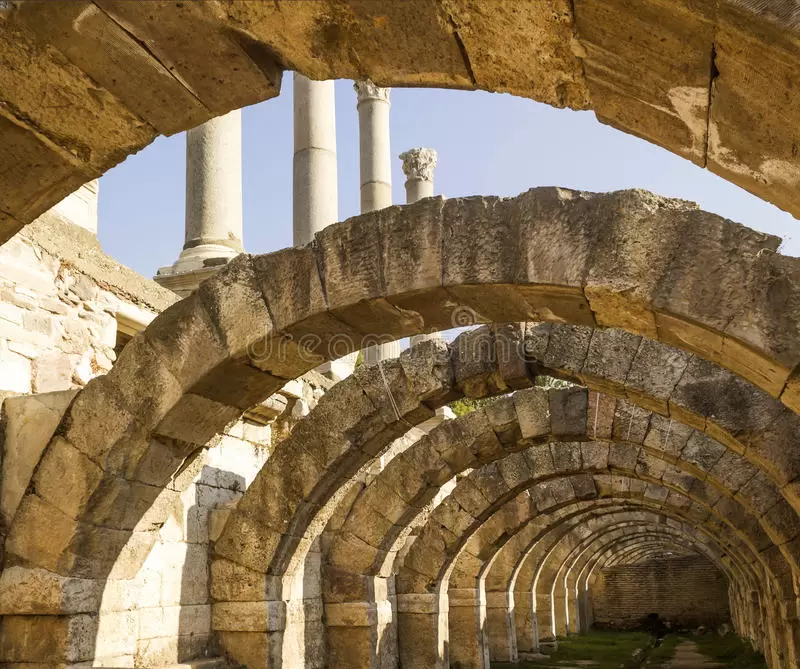
Smyrna Agora is an ancient area located in Konak, one of the historic neighborhoods of Izmir. This area was the center of trade in ancient times and is still a historical treasure today. Smyrna Agora is one of the most important historical sites in Izmir and attracts visitors' attention.
Smyrna Agora was the center of trade in ancient times. Here, traders from various countries would meet to sell their goods. The Agora was also a social center where people would gather, chat, and argue. The Agora was one of the most important places in ancient Izmir and is still a historical treasure today.
Smyrna Agora still attracts visitors' attention today. The remains of the ancient structures can still be seen, and visitors can see how trade was conducted and how people lived in ancient times. Additionally, since Smyrna Agora is located in Konak, one of Izmir's historic neighborhoods, visitors can take a historical walk here.
Smyrna Agora is one of the historical treasures waiting to be discovered. This area, which was the center of trade in ancient times, is still a historical treasure today. Visitors can see the remains of the ancient structures and take a historical walk in Konak, one of Izmir's historic neighborhoods. Smyrna Agora is one of the most important historical sites in Izmir and attracts visitors' attention.
Smyrna Agora: The Center of Social Life in Ancient Times
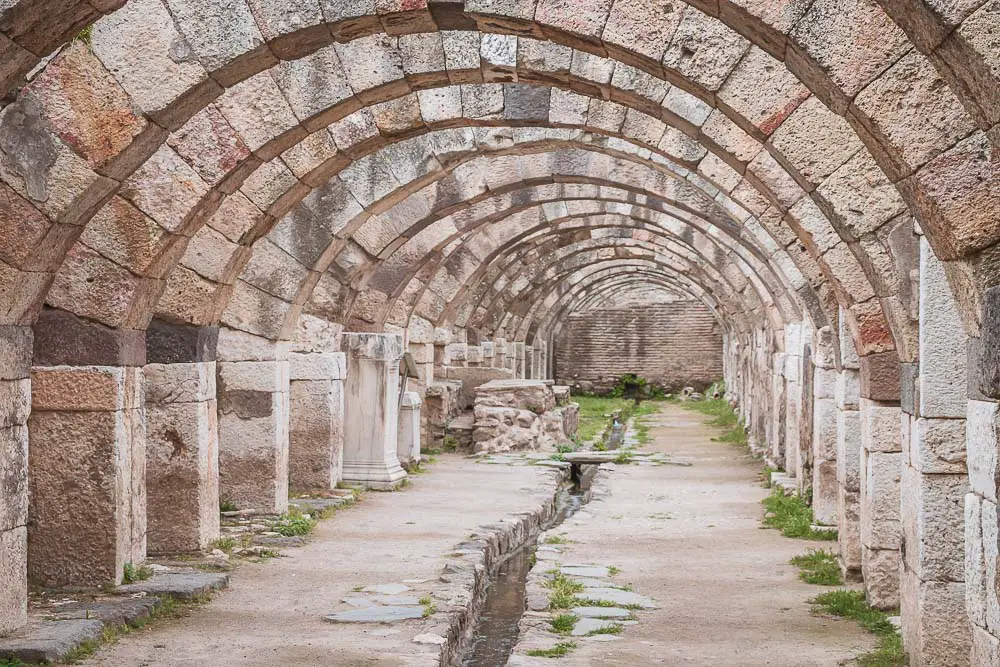
The Smyrna Agora was a square located in the center of Izmir in ancient times and was considered the heart of social life. Agora means "marketplace" in Greek and were open-air markets located in the center of cities in ancient Greece. Smyrna Agora was built as part of this tradition.
Smyrna Agora was built in the 4th century BC and was expanded during the Roman Empire period. The Agora was a center of activity in many areas such as trade, politics, religion, and culture. Here, merchants sold their goods, politicians addressed the public, and religious leaders performed their worship.
The Agora was also an entertainment center. Structures such as theaters, stadiums, and hippodromes were also located here. The Agora was also a center of learning. Philosophers, scientists, and students gathered here to discuss and share knowledge.
Smyrna Agora has been destroyed and rebuilt many times throughout history. However, many remnants remain to this day. The Agora is one of the tourist attractions of Izmir and attracts visitors' attention.
The Smyrna Agora is considered the center of social life in ancient times. Here, people traded, had political discussions, religious leaders worshiped, and had fun. The Agora was also a center of learning, and many scientists and philosophers gathered here to share knowledge. Smyrna Agora is an important part of Izmir's historical and cultural heritage and attracts visitors' attention.
Tracing the Footsteps of Ancient History: The Mysterious Story of Smyrna Agora
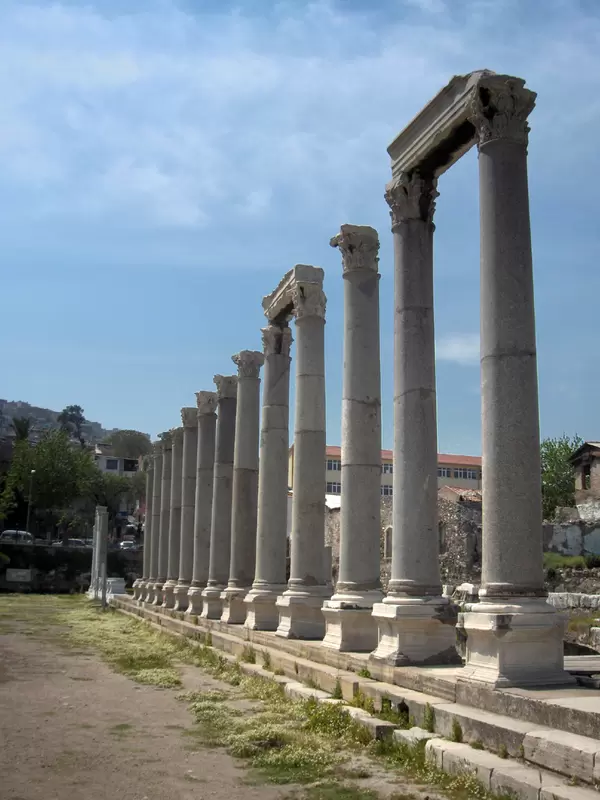
The Smyrna Agora was a central trading center in ancient times in Izmir. An agora was an open square used as the center of trade, politics, and social life in ancient Greece and Rome. The Smyrna Agora was built in the 4th century BC and served as one of Izmir's most important trading centers.
The Agora witnessed many important events in ancient times. In 88 BC, Roman Emperor Sulla captured Smyrna and rebuilt the Agora. The Agora hosted many important figures of the Roman Empire. When Emperor Augustus visited Smyrna, he gave a speech in the Agora and built a temple there.
However, the history of the Smyrna Agora is not limited to ancient times. The Agora was also used as an important trading center during the Ottoman period of Izmir. In the late Ottoman Empire, many important buildings were built in the Agora. However, during the liberation of Izmir from Greek occupation in 1922, the Agora suffered great damage.
Today, the remains of the Smyrna Agora can still be seen in Izmir. The Agora carries traces of the trade and political life of ancient times. The Agora is an important part of Izmir's historical and cultural heritage. The mysterious story of the Smyrna Agora reflects a rich history that extends from ancient times to the present day.
Smyrna Agora: Meeting Point of Art and Culture in Ancient Times
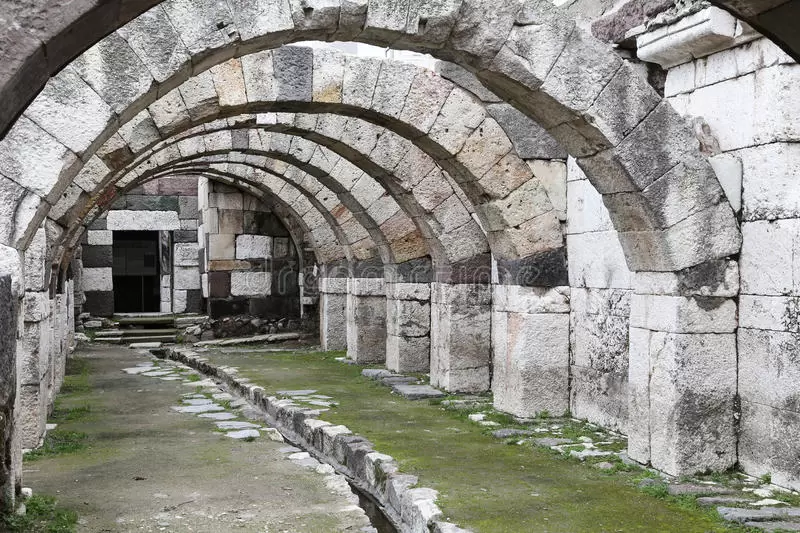
The Smyrna Agora is known as a meeting point for art and culture in ancient times. The Smyrna Agora, which is a historical symbol of Izmir, was the center of trade, art, and culture in ancient times. Agora was an open-air market used as a city center in ancient Greece. The Smyrna Agora is located in the historical center of Izmir and was one of the largest agoras in ancient times.
The Smyrna Agora was the center of trade in ancient times. Agora was also the center of art and culture, as well as trade. Agora was found in many cities in ancient times and played an important role in the social life of cities. The Smyrna Agora was one of the largest agoras in ancient times and was a meeting point for many different cultures.
The Smyrna Agora was also the center of art in ancient times. Agora was a place where artists exhibited their works. Many ancient artists exhibited their works at the Smyrna Agora. Agora was also the center of theater and music events in ancient times.
The Smyrna Agora was also the center of culture in ancient times. Agora was a place where different cultures came together. Many different cultures met at the Smyrna Agora in ancient times. Agora was also the center of philosophy and science events in ancient times.
The Smyrna Agora played an important role as a meeting point for art and culture in ancient times. Agora has survived to this day as a historical symbol of Izmir. The Smyrna Agora has gone down in history as the center of trade, art, and culture in ancient times.

Comments